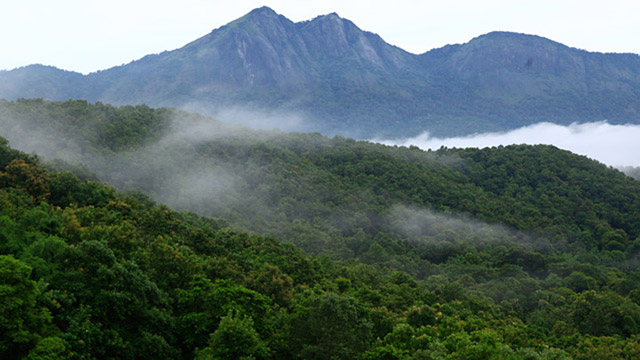Silent Valley National Park, nestled in the Palakkad district of Kerala, India, is a pristine and ecologically significant wilderness area that has earned its name due to the absence of noisy cicadas that are common in the surrounding rainforests. This untouched paradise is a sanctuary for biodiversity, boasting lush forests, diverse flora and fauna, and pristine rivers that remain untouched by human interference. In this article, we will explore the history, ecological importance, attractions, and conservation efforts that make Silent Valley National Park a unique and precious natural treasure.
Historical Significance
- Discovery: Silent Valley gained prominence in the 1970s when it was at the center of a conservation battle. Environmentalists and conservationists, including legendary figures like Dr. Salim Ali, rallied to protect this pristine ecosystem from being inundated by a proposed hydroelectric project.
- Conservation Victory: The Silent Valley hydroelectric project was eventually abandoned in the face of widespread protests, leading to the declaration of Silent Valley as a national park in 1984. This marked a significant victory for environmental conservation in India.
Ecological Importance
- Rich Biodiversity: Silent Valley National Park is renowned for its incredible biodiversity. It is home to a wide variety of plant and animal species, including many that are endemic to the Western Ghats.
- Endangered Species: The park provides a safe haven for several endangered species, including the lion-tailed macaque, Nilgiri langur, and the elusive Malabar giant squirrel.
- Unique Flora: The park’s diverse flora includes rare and endemic plants, such as the Silent Valley Ceropegia, an endemic flower discovered in the park.
Attractions in Silent Valley National Park
- Kunthipuzha River: The Kunthipuzha River flows through the heart of Silent Valley, creating picturesque landscapes and serving as a source of freshwater for the region’s wildlife.
- Sairandhri Visitor Center: Located at the park’s entrance, this visitor center provides information about the park’s ecology, history, and conservation efforts. It’s an excellent starting point for your journey into the park.
- Viewpoints: Several viewpoints, including the Sairandhri Viewpoint, offer breathtaking vistas of the park’s lush forests and the surrounding Western Ghats.
- Trekking: Silent Valley offers trekking opportunities for those seeking to explore the park on foot. The trails take you through pristine forests and offer a chance to spot wildlife.
Visiting Silent Valley National Park
- Location: Silent Valley National Park is situated approximately 40 kilometers from Mannarkkad in the Palakkad district of Kerala. It is accessible by road.
- Entry and Permits: Entry to the park requires permits, which can be obtained at the Sairandhri Visitor Center. Visitors are required to be accompanied by a guide while inside the park.
- Best Time to Visit: The best time to visit Silent Valley is from October to March when the weather is pleasant and the monsoon season is over.
Conservation and Preservation
Silent Valley National Park is under strict protection to preserve its delicate ecosystem. Conservation efforts focus on maintaining the park’s biodiversity, safeguarding endangered species, and preventing any potential threats from human activities.
Silent Valley National Park is a living testament to the power of conservation and the importance of preserving our natural heritage. It stands as a symbol of the successful environmental movement that saved this pristine wilderness from development. A visit to Silent Valley is not just an opportunity to connect with nature but also a chance to appreciate the relentless efforts of conservationists who continue to protect this ecological gem for future generations. It is a place where the silence of nature speaks volumes, inviting all to listen and learn from its profound wisdom.

